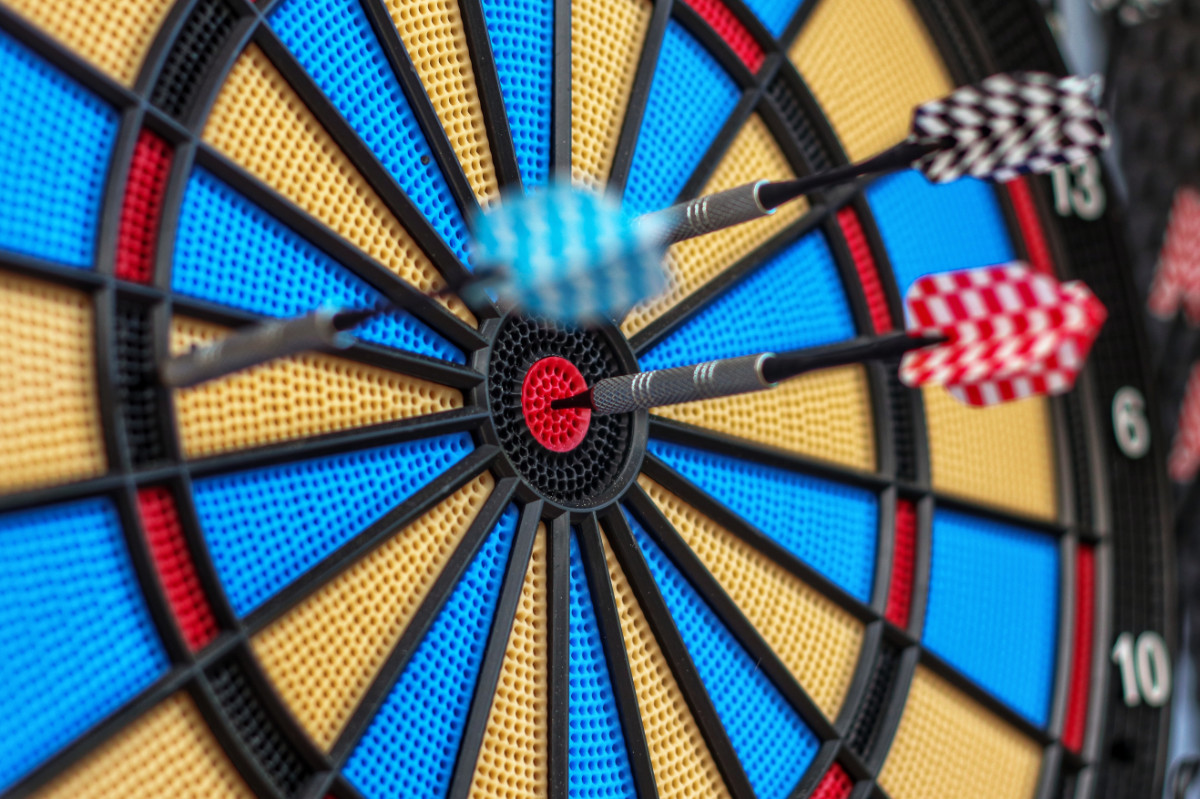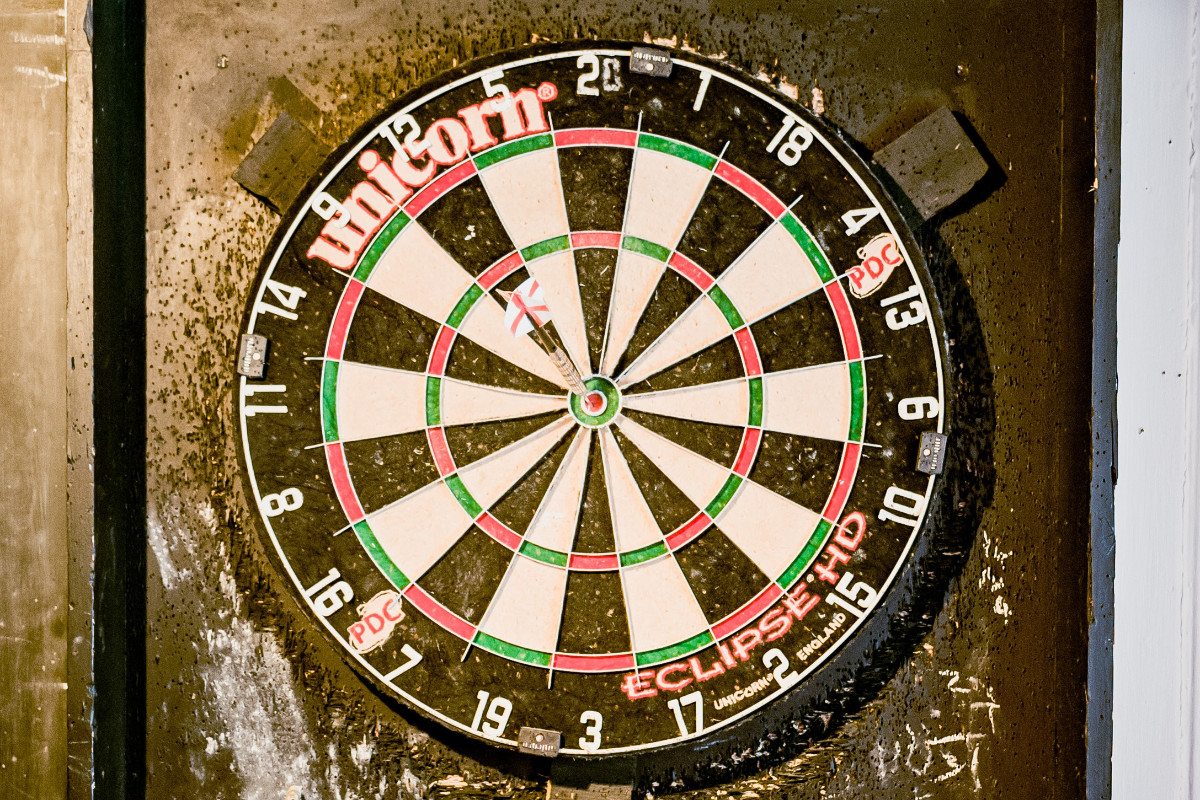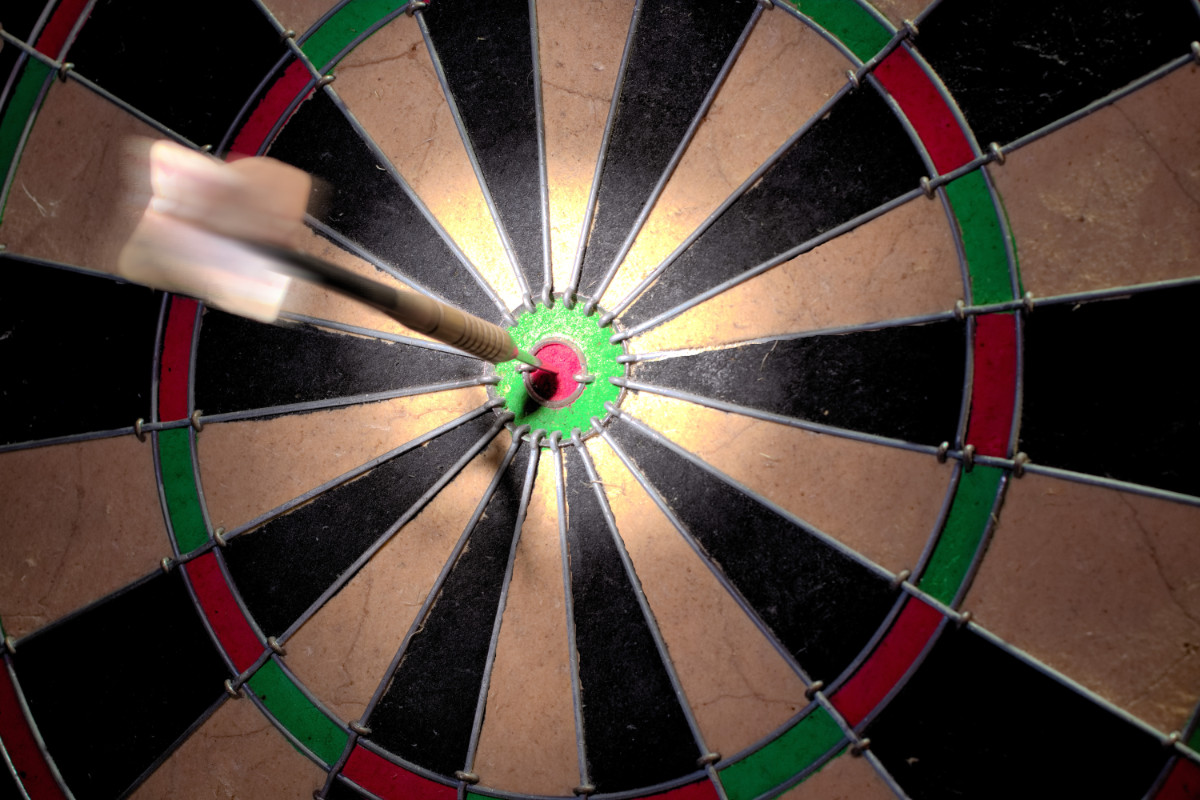In the game of darts, a “leg” refers to a single round of a match, and players often gauge their performance by the number of darts it takes to win a leg. So, how many darts is a good leg? While the answer varies depending on skill level and the specific game format, this blog post will provide some general benchmarks to help you assess your performance and set improvement goals.
Understanding darts game formats
Before diving into what constitutes a good leg, it’s important to understand the most common game formats in darts:
- 301/501: In these games, players start with 301 or 501 points and aim to reduce their score to exactly zero by hitting specific targets on the board. The game ends when a player reaches zero with a double or bullseye.
- Cricket: This format involves hitting specific number targets (15-20 and the bullseye) three times each, with the goal of “closing” all numbers and having the highest score.
General benchmarks for a good leg
For the 301/501 formats, the number of darts it takes to win a leg can serve as a general benchmark for assessing your performance:
- Amateur players: A good leg for amateur players typically falls in the range of 21-30 darts in 301 games and 24-36 darts in 501 games.
- Intermediate players: Intermediate players should aim for 15-20 darts in 301 games and 18-24 darts in 501 games.
- Advanced players: Advanced players often win legs in 12-15 darts in 301 games and 15-18 darts in 501 games.
- Professional players: Professionals frequently win legs in as few as 9-12 darts in 301 games and 12-15 darts in 501 games.
In Cricket, a good leg is more subjective, but completing the game in 15-20 darts is generally considered a strong performance for amateur and intermediate players, while advanced and professional players often finish in 12-15 darts or fewer.
Conclusion
Ultimately, the number of darts that constitutes a good leg depends on your skill level and the game format being played. Use the benchmarks provided in this blog post as a starting point for gauging your performance and setting improvement goals. As you continue to practice and refine your skills, you’ll find yourself consistently winning legs in fewer darts and elevating your game to new heights.



